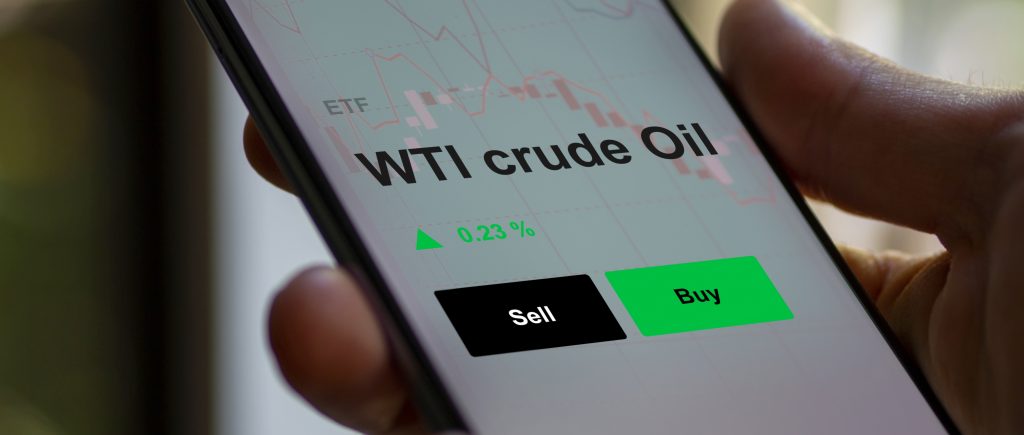West Texas Intermediate (WTI) Crude Oil climbed to $68.65 per barrel on July 9, 2025, gaining 0.47% as escalating Houthi rebel attacks in the Red Sea bolstered prices, overshadowing a significant build in U.S. stockpiles. Geopolitical risks continue to drive a risk premium, countering increased supply from OPEC+ and a bearish inventory report.
The U.S. Energy Information Administration (EIA) reported an unexpected 7.07 million barrel increase in U.S. crude inventories last week, defying forecasts of a 2 million barrel drawdown. This initially triggered a dip in WTI prices, but the recovery was swift, with prices holding above the 50% Fibonacci retracement level at $67.08, a key support zone. WTI now eyes resistance at the 200-day moving average near $69.00.
Houthi attacks intensified over the weekend, sinking the Greek-owned Magic Seas on Sunday and the Liberian-flagged Eternity C by Wednesday, with several crew members killed or missing. These disruptions in the Red Sea, a critical shipping route, have heightened market concerns, supporting higher oil prices despite OPEC+’s decision to boost output by 548,000 barrels per day in August, following a 1.37 million barrel per day increase from April to July.
Market sentiment remains mixed. Bullish traders point to the 3.26% gain over the past five days and technical support levels, while bearish voices, citing equal lows and a stronger U.S. dollar, predict potential declines to $65.00 or lower. With a trading volume of 155.53K and prices 4.69% higher over the past month, WTI’s trajectory hinges on Middle East developments and global demand cues.

 Noor Trends News, Technical Analysis, Educational Tools and Recommendations
Noor Trends News, Technical Analysis, Educational Tools and Recommendations




